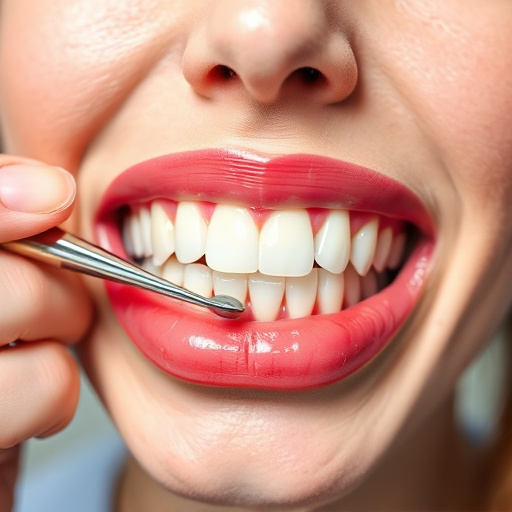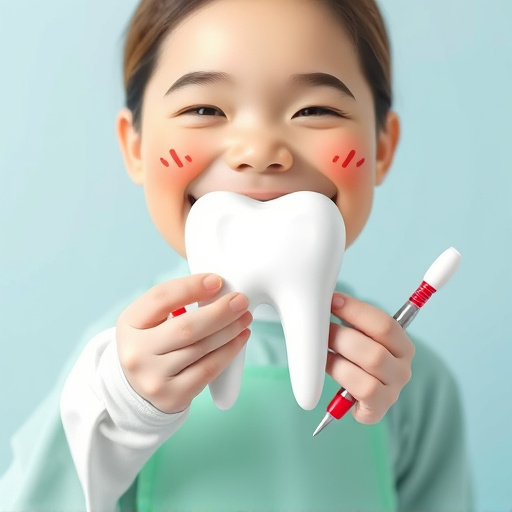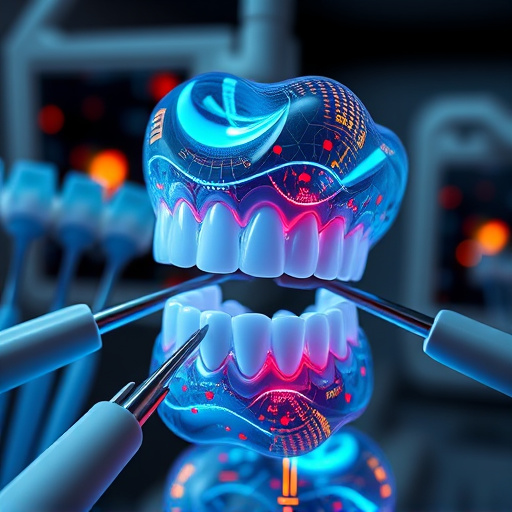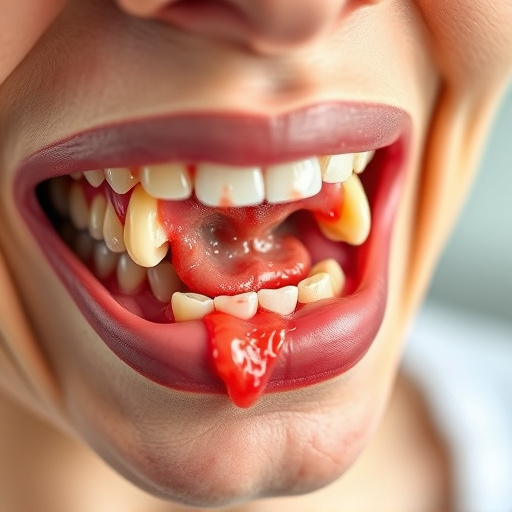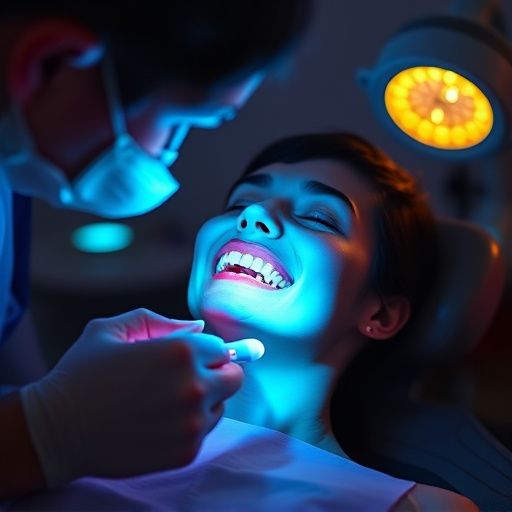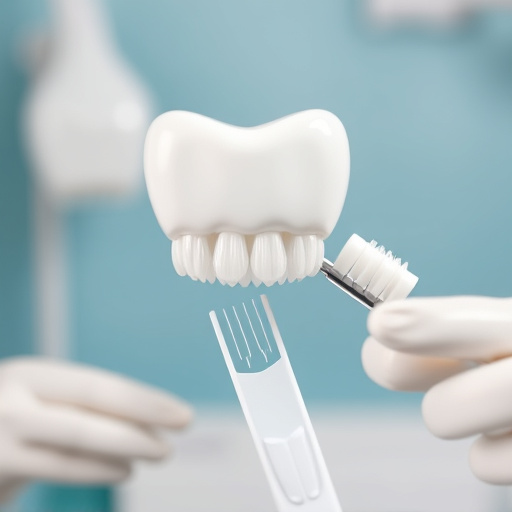Nitrous oxide sedation, or laughter gas, is a modern dentistry tool that combines nitrous oxide and oxygen to induce relaxation during procedures like extractions and cosmetic dentistry. This method significantly reduces anxiety, enhances patient compliance, and improves communication between dentists and patients. By fostering trust and understanding, nitrous oxide sedation promotes active participation in conversations while minimizing discomfort, leading to better oral health outcomes through improved dental care routines. Rigorous training for dental professionals is crucial to safely administer this technique and manage side effects, with clear communication before treatment enhancing patient cooperation and satisfaction.
Nitrous oxide sedation, also known as laughter gas, offers a gentle yet effective approach to managing anxiety during medical procedures. By combining feelings of relaxation and euphoria, it significantly improves patient compliance, making treatments more tolerable. This article delves into the science behind nitrous oxide sedation, explores its impact on patient adherence, and provides best practices for implementation, ensuring positive outcomes while prioritizing patient comfort. Discover how this time-tested technique enhances healthcare experiences.
- Understanding Nitrous Oxide Sedation: A Gentle Yet Effective Approach
- The Impact on Patient Compliance: Overcoming Barriers to Treatment
- Best Practices for Implementation: Ensuring Positive Outcomes and Patient Comfort
Understanding Nitrous Oxide Sedation: A Gentle Yet Effective Approach

Nitrous oxide sedation, also known as laughter gas, is a gentle yet powerful tool that has gained popularity in modern dentistry. This method involves inhaling a mixture of nitrous oxide and oxygen, which induces a state of relaxation and mild disorientation. Patients often experience a tingling sensation and a sense of euphoria, making dental procedures more comfortable and less intimidating. It’s an effective approach for managing anxiety during various dental treatments, including tooth extractions and cosmetic dentistry procedures like dental implants.
This form of sedation allows patients to remain awake and responsive throughout the procedure while significantly reducing pain and discomfort perception. With nitrous oxide, individuals can actively participate in conversations and even feel entertained during their dental visit. This unique approach has shown remarkable success in enhancing patient compliance, ensuring a more positive and less stressful experience for those seeking dental care.
The Impact on Patient Compliance: Overcoming Barriers to Treatment
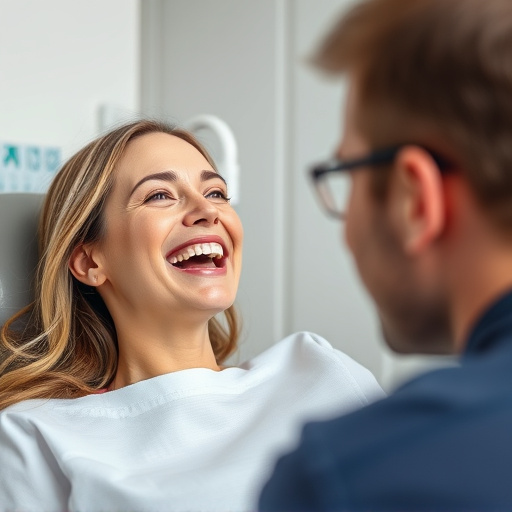
Nitrous oxide sedation significantly enhances patient compliance during dental procedures. This gentle and safe method, often used in children’s dentistry, addresses common barriers to treatment like fear and anxiety. By delivering a sedative effect through inhaled nitrous oxide, patients—especially those undergoing delicate procedures like tooth extractions or routine dental cleanings—experience reduced discomfort and heightened calmness.
This innovative approach allows for more effective communication between dentists and patients, fostering trust and understanding. As a result, patients are more likely to adhere to recommended dental care routines, leading to improved overall oral health outcomes. By overcoming the psychological hurdles that often impede treatment, nitrous oxide sedation promotes not just compliance but also a positive relationship between patients and their dental care providers.
Best Practices for Implementation: Ensuring Positive Outcomes and Patient Comfort

Implementing nitrous oxide sedation in a clinical setting requires careful consideration and best practices to ensure positive outcomes and patient comfort. The first step involves proper training for dental professionals, ensuring they understand the gas’s properties, administration techniques, and potential side effects. This knowledge is paramount for creating a safe environment and managing patient expectations.
Additionally, establishing clear communication with patients before treatment is key. Educating them about the benefits of nitrous oxide sedation for anxiety management during dental procedures can enhance their cooperation and overall experience. A comfortable and relaxed atmosphere, combined with comprehensive dental care, including services like dental fillings and cosmetic fillings, can lead to improved patient compliance and satisfaction.
Nitrous oxide sedation represents a gentle yet powerful tool to enhance patient compliance, offering a unique approach to overcoming treatment barriers. By understanding its mechanisms and implementing best practices, healthcare providers can ensure positive outcomes while prioritizing patient comfort. This innovative method has the potential to revolutionize patient experiences, making it an essential consideration in modern medical practices. With further research and proper application, nitrous oxide sedation can significantly improve treatment adherence and overall patient satisfaction.






